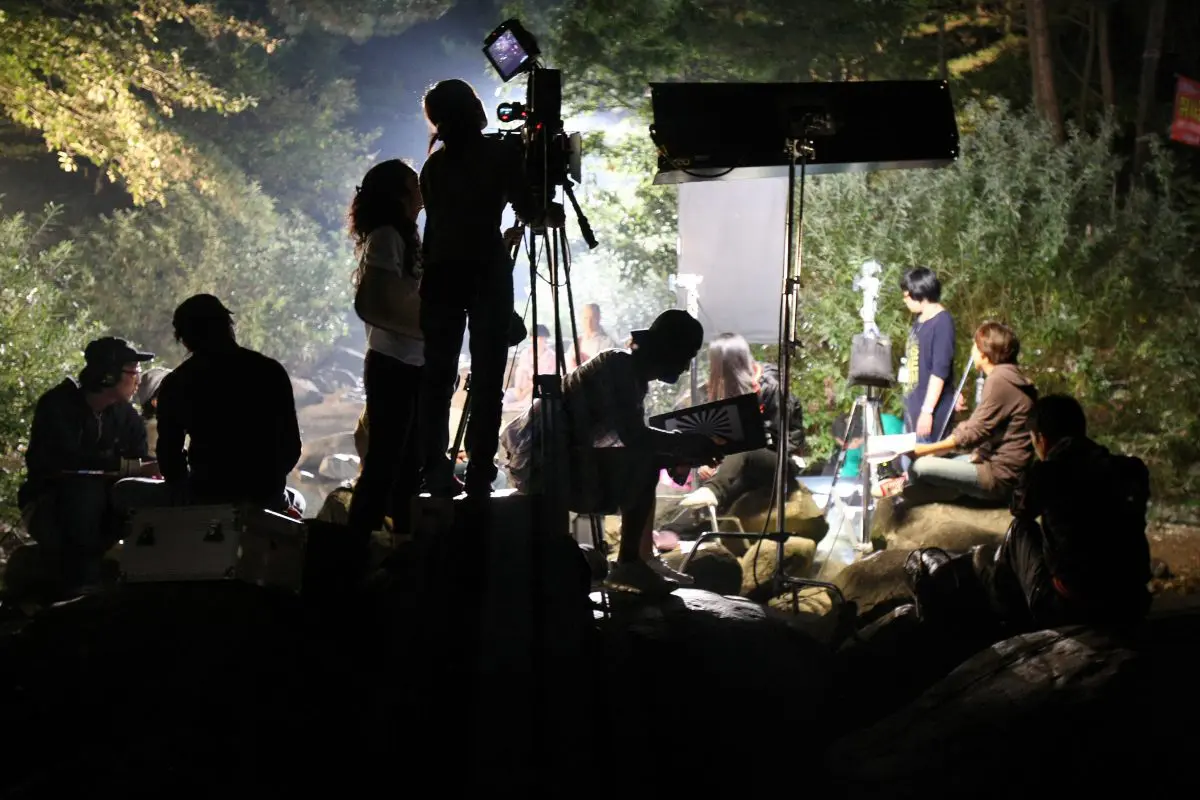Independent films have become much more abundant than they used to be. Production equipment today is easier to come by because of its affordability. Before, getting ahold of a film camera and the celluloid to record onto took not only more funding, but also more expertise.
For the filmmaker of today, a high definition camera can produce a better quality picture at a lower cost than the low-end cameras used in independent productions of decades ago. Hell, digital cameras these days can outshoot even big-scale productions of 30 years ago, and there’s no need to go through darkroom processing and outdated editing techniques. Not only is access to production equipment easier to come by, the means for finished movies to be exhibited has increased exponentially over just the past 15 years. Youtube channels generate tons of ad revenue, e-stores often buy the rights to sell independent movies and film festivals and fairs bring buyers from all over the world to showcase homegrown flicks of all kinds.
While indie filmmaking has become easier, overall, the production of a movie is still an arduous task that can take lots of manpower and time to complete. The fact that they are easier to make also means that the market for them is flooded with competition. With a little hands-on experience and learning, something special can be made if filmmakers have a story they want to tell.
By chance I came across what is now one of my favorite short films while randomly navigating between videos on Youtube. Still Life, directed by Jon Knautz, is a great example of a good story with excellent production value. Other than low picture quality (which is excusable due to the excessive time HD rendering takes), Still Life encompasses many great aspects of filmmaking, including camera angles and movements, editing transitions, musical scoring and acting, even with little dialogue. As easy as it seems, good filmmaking takes knowledge of traditional filmmaking techniques and lots of practice.
Some of the earliest films ever made had to pave the way for new methods, because filmmakers needed to understand how to convey correlations onscreen to viewers’ comprehension of what the story was telling them. Trying to make two shots filmed in two different locations relate to one another took an understanding of human psychology and a little movie magic. Directing legends such as Alfred Hitchcock and Stanley Kubrick practically controlled every aspect of their films, down to minute details, in order to give audiences the most accurate depiction they possibly could, in their productions. Shots, the use of space, the use of color, costumes, actors, scripts, music, editing transitions and anything you could possibly think of regarding filmmaking, has a way of presenting what’s best for the story seamlessly. Even the inclusion or exclusion of a single frame, 1/24th of a second of a motion picture, can have subconscious effects for audiences.
The only feature film I ever worked on was with a group of students and instructors I met through a film certificate program. The shoot lasted two weeks and the week that I worked on it taught me more than a semester-long course could. No one really knows the nitty gritty facets of a film production until they run into unexpected complications and learn how to fix them. For my crewmates and I, that meant carrying an ungodly haul of equipment into a warehouse, onto a freight elevator, only to have it break down because of equipment jammed between the floor and wall, then lifting everything back over the gate and carrying it again up three flights of stairs and across a large room, all while stepping over dead birds in very little light. The production process can be daunting, but the more you know, the easier you can hone your craft and create something to be proud of that will impress others as well.
With an ever-growing love for filmmaking, and a desire to add to the experience I already have, I introduce a series of articles that will help me, and you, gain better knowledge of independent filmmaking. By using the Indie Film Academy podcast as a guide, I will contribute the knowledge of successful indie filmmakers into articles using information from both interviews and recommended reading materials, all condensed into an easy guide for quick tips on making better independent films. To homegrown filmmakers everywhere, I hope to teach and learn the things that make our passions for film more extraordinary.
